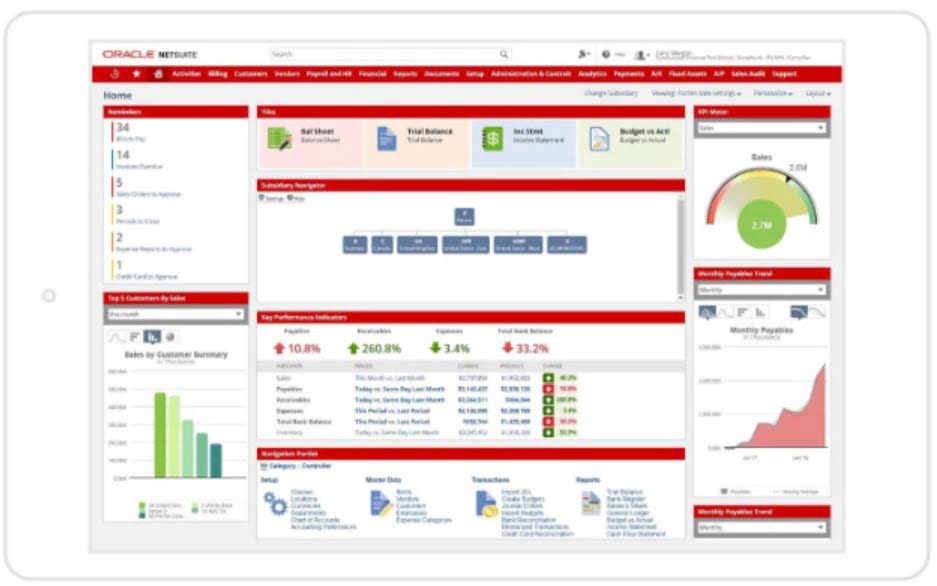
The COGS to Sales ratio cheap replica watches showcases the percentage of sales revenue that is used to pay for the expenses that vary directly with the sales of your business. This ratio indicates the efficiency of your business to keep the direct cost of producing goods or rendering services low while generating sales. Product Cost refers to the costs incurred in manufacturing a product intended to be sold to customers. These costs include the costs of direct labour, direct materials, and manufacturing overhead costs. It is important to note that these answers can differ when calculated using the replica watch perpetual method.

Accounting for Cost of Goods Sold

Both operating expenses and cost best replica watches site of goods sold (COGS) are expenditures that companies incur with running their business; however, the expenses are segregated on the income statement. Unlike COGS, operating expenses (OPEX) are expenditures that are not directly tied to the replica watches production of goods or services. Cost of Goods Sold (COGS) calculates the total cost incurred in getting the product ready for sale in the market. However, COGS doesn’t include all the costs incurred while running the business.
FIFO Method
- Dedicated inventory management systems or manufacturing ERPs, however, go far beyond simply keeping stock organized.
- To get more info on how to build your fake Rolex own report, check out our page on how to prepare an income statement.
- By understanding COGS and the methods of determination, you can make informed decisions about your business.
- Using a perpetual system, Shane would be able to keep more accurate records of his merchandise and produce an income statement at any point during the period.
In almost all cases, the metric cost of goods sold (COGS) is the best way to measure these expenses. Below, you’ll learn how to calculate COGS, including automatically via accounting software. COGS does not include costs such as overhead, sales and marketing, and other fixed expenses. COGS only includes costs and expenses related to producing or purchasing products for sale or resale such as storage and direct labor costs. A business needs to know its cost of goods sold to complete an income statement to show how it’s calculated its gross profit. Businesses can use this form to not only track their revenue but also apply for loans and financial support.
Accounting Analysis of COGS
Using FIFO, Shane would always record the January inventory being sold before the June inventory. This information will not only help Shane plan out purchasing for the next year, it will also help him evaluate his costs. For instance, Shane fake Audemars Piguet can list the costs for each of his product categories and compare them with the sales. This comparison will give him the selling margin for each product, so Shane can analyze which products he is paying too much for and which products he is making the most money on. The cost of goods sold formula is calculated by adding purchases for the period to the beginning inventory and subtracting the ending inventory for the period. The average cost is the total inventory purchased in the second quarter, $8,650, divided by the total inventory count from the quarter, 1000, for an average cost of $8.65.
These items cannot be claimed as COGS without a physically produced product to sell, however. The IRS website even lists some examples of “personal service businesses” that do not calculate COGS on their income statements. In accounting, the Cost of Goods Sold is an expense appearing in the income statement. It is used to determine a company’s gross profit by subtracting its value from total revenue.
It is important to bear in mind, however, that COGS does not come without its limitations. Since it is a complex calculation with many variables, errors in calculation or methodology may result in misstated net income and tax liability. It is also quite easy to manipulate by over-allocating factory overhead, failing cost of goods sold to write off obsolete items, altering stock levels, etc. To avoid legal ramifications or unethical practices, what to include in COGS should be determined as precisely as possible. First, the total value of all finished goods at the beginning of a financial period is added to The Cost of Goods Manufactured or COGM.
How Are Cost of Goods Sold and Cost of Sales Different?
Cost of goods sold, often abbreviated COGS, is a managerial calculation that measures the direct costs incurred in producing products that were sold during a period. In other words, this is the amount of money the company spent on labor, materials, and overhead to manufacture or purchase products that were sold to customers during the year. Cost of goods sold (COGS) refers to the direct costs of producing the goods sold by a company. This amount includes the cost of the materials and labor directly used to create the good. It excludes indirect expenses, such as distribution costs and sales force costs. COGS counts as a business expense and affects how much profit a company makes on its products.

Specific Identification
- Therefore, the ending inventory and cost of goods sold would be different as against the periodic inventory system.
- And not all service-based businesses keep track of cost of goods sold — it depends on how they use inventory.
- Cost of Goods Sold (COGS) measures the “direct cost” incurred in the production of any goods or services.
- COGS counts as a business expense and affects how much profit a company makes on its products.
- The final number derived from the calculation is the cost of goods sold for the year.
- But not all firms can showcase such a deduction on their income statement.
This is especially important if you are using a lot of raw materials in your production process. With this method, the business will know accurately which item was sold and its exact cost. The unsold 430 items would remain on the balance sheet as inventory for $1,520.
Sin respuestas